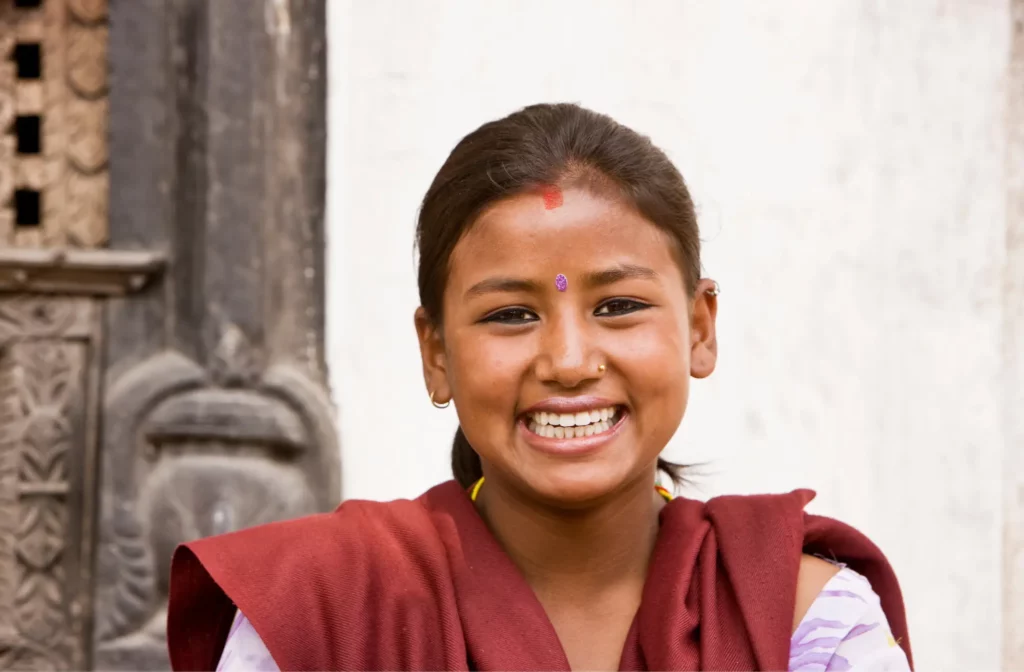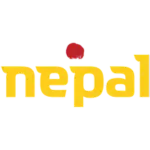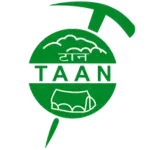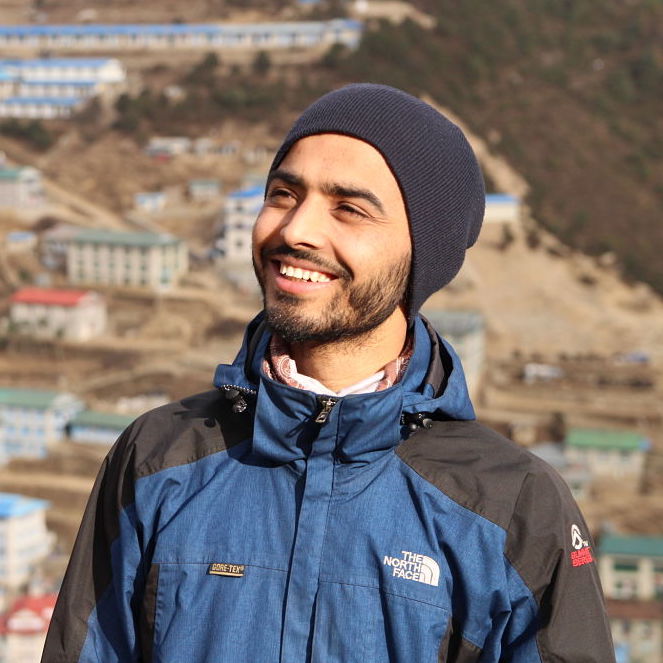
Nepal’s ethnic groups offer a treasure trove if you’re seeking an unforgettable cultural experience. This is a land rich in history, tradition, and diversity. One of the most striking aspects of Nepal is its immense variety of ethnic groups, each with their own unique traditions, festivals, crafts, and much more. Let’s explore cultural diversity further by looking at the characteristics of the five largest ethnic groups.
What is an Ethnic Group?
An ethnic group refers to a group of people with a shared cultural background. Including common traditions, language, religion, customs, and more. In Nepal, there are dozens of ethnic groups, each with its own identity and heritage.
Previously, society in Nepal was divided into castes. But, since the new constitution, it is prohibited to make such distinctions. Now, the focus is on ethnic groups, which encompass a broader range of cultural and social identities, reflecting the diverse tapestry of Nepalese society.
The 5 Largest Ethnic Groups in Nepal:
- Chhetri: As Nepal’s largest ethnic group, Chhetris make up about 16% of the total population. They are historically associated with the military and government services.
- Hill Brahmin: Hill Brahmins account for about 12% of the population. Additionally, they are one of the highest castes in Nepal’s Hindu society. They are traditionally involved in religious and spiritual practices and are known for their expertise in Sanskrit and religious scriptures.
- Magar: The Magar population is mainly found in the hills and mountains of the country. And, they represent about 7% of Nepal. They are known for their bravery and are often found in Nepal’s military. Magar communities celebrate festivals like Maghe Sankranti with special rituals and traditional dances.
- Tharu: Tharus make up about 6% of the Nepalese population. And they are the indigenous inhabitants of the south, the Terai region of Nepal. They have a rich culture characterized by colorful festivals, and skills in crafts like basket weaving and wood carving.
- Tamang: The Tamang population comprises about 5% of Nepal and is mainly found in the hilly areas around Kathmandu. They are known for their traditional Tibetan heritage. Including dances like Tamang Selo and festivals like Lhosar, the Tibetan New Year.
Differences Among the Ethnic Groups:
- Traditional Festivals: Each ethnic group celebrates a range of festivals reflecting their religious, cultural, and historical background. For example: Chhetris celebrate Dashain and Tihar with pujas and feasting. And Tharus celebrate Maghi with traditional dances and music.
- Crafts and Arts: Crafts like basket making and wood carving are often strongly associated with specific ethnic groups. For example, the Newar community is known for their expertise in painting Thangka’s.
- Architecture: Architecture varies greatly among the different ethnic groups. From traditional Newari buildings with their wooden facades and intricate wood carvings, to the stone houses of the Magars in the hills.
- Culinary Heritage: Each ethnic group has its own culinary traditions and dishes. Now the Newars are known for their rich assortment of Newari dishes like kwanti and bara, Tharus enjoy dishes like dhikri and ghonghi ko achaar.
- Languages and Dialects: Nepal is home to a wide variety of languages and dialects, each with its own unique characteristics. While the Tamang community speaks Tibetan dialects, Tharus use languages from the Indo-European language family.
With Nepal’s ethnic groups we celebrate a rich tapestry of cultures. Where each ethnic group contributes a unique thread to the fabric of our nation’s heritage. So, by embracing this diversity, you can gain a deeper understanding and appreciation for the vibrant mosaic of Nepalese culture.
Curious for more? Read on about the people of Nepal.







